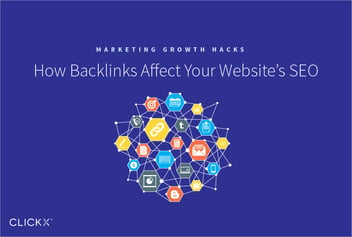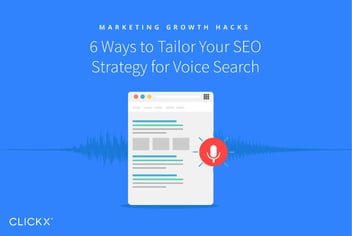10 Steps to Optimize Your WordPress Blog for SEO
When it comes to highly effective SEO strategies, most people know by now that great, quality content is king and that without it, you will struggle to achieve the type of rankings that you hoped for. Blogs have always been, and still are, the perfect place to let your creative abilities come out and to share it with the world. If you need to lift the rankings of your WordPress blog, then the following is going to help a lot:
1. Optimize your Blog Content for Search Engines 
Using the right keywords and highlighting them in your blog will help optimize your blog for the various search engines. You need to achieve this by using the correct HTML tags, and make sure to use bold text as well.
Use hyperlinks where appropriate, so that you can link relevant content from one post to another article. You have to make use of the alt tag to include keywords when you insert images, so that you are able to add an image description.
2. Avoid Duplicate Content
It is vital that you watch out for any duplicate content. Never scatter your SEO efforts and do not use multiple URL’s to reference similar items.
– Indicate each of your page URL’s. This will ensure that they are not referenced without any parameters.
– Register your blog with the “www” or without it when using Google’s available Webmaster Tools.
3. Leave Comments
By leaving regular comments and inserting the URL to your blog on various other blogs, you will definitely gain extra visits. When more people hear about your own blog, it is always good for your blog’s SEO. First make sure that the blog where you are leaving comments is not using any no-follow attributes. The use of trackbacks when you cite other articles in your posts are also very effective.
4. Use a Sitemap
Always use a sitemap on your blog, so that Google can tell which of your pages are more important, as well as which ones should be left out. Remember that Google is outstanding when it comes to indexing any WordPress blog by itself.
5. RSS Feeds should be Cut Down
Never allow your RSS feeds to publish your articles in full. You will end up losing traffic, because people will read the article in full and they will not visit your site. Only supply a summary of the blog post and its link in the RSS feed.
6. Insert Meta Tags
You should optimize each title and description tag on the home page of your blog. The same goes for each blog post title. Always insert tags to optimize them.
7. Rewrite URL’s
It is important that you include your chosen keywords in each article’s URL, by rewriting the URL.
8. RSS Feed Link
Your blog should be highlighted with a subscription link to your blog’s RSS feed. After someone comments on one of your posts, you will be able to send an invitation to subscribe to your RSS feed via the page that tells the person that his or her comment was saved.
9. Post Regularly and Relay Your Posts
Get your blog out there by relaying each post on places such as Facebook, Digg and Twitter. This also creates inbound links, which improves traffic to your blog. Write regular posts that are relevant, interesting and that are original too.
10. List Related Articles
Add a list of articles from your blog that are related to each post that you submit. This will encourage your readers to open other articles on your blog and read them too. This way you increase page views and reduce the bounce rate of your blog, which are indicators that Google consider relevant to search results.
It is great if you are an amazing writer and can provide outstanding, quality content to your readers, but making use of a few effective SEO strategies and combining them with some proper promotional efforts, will ensure that your blog reaches the eyes of the correct people.



